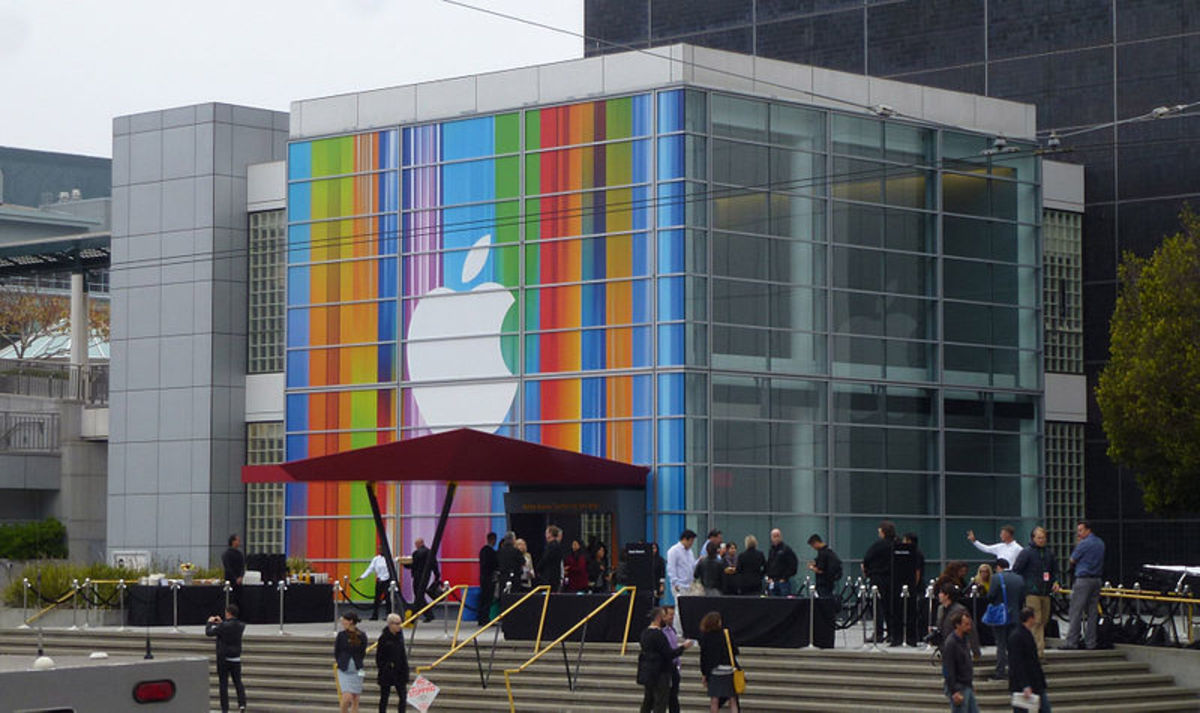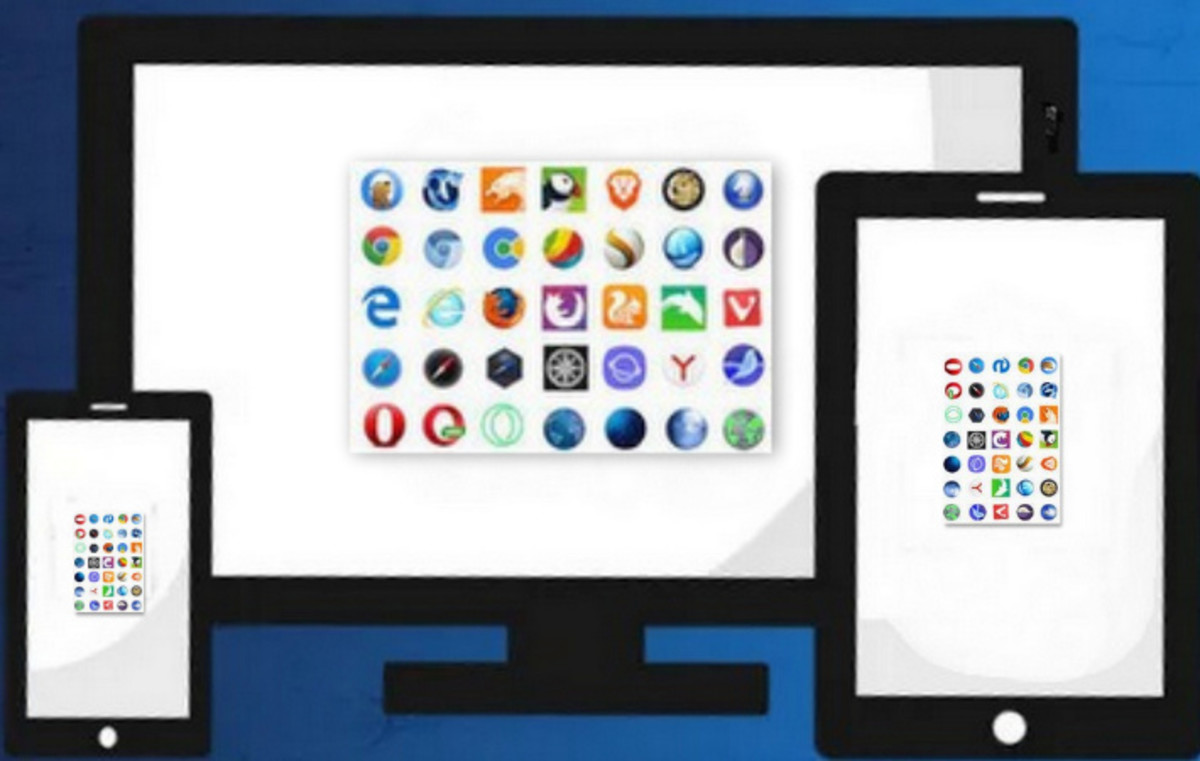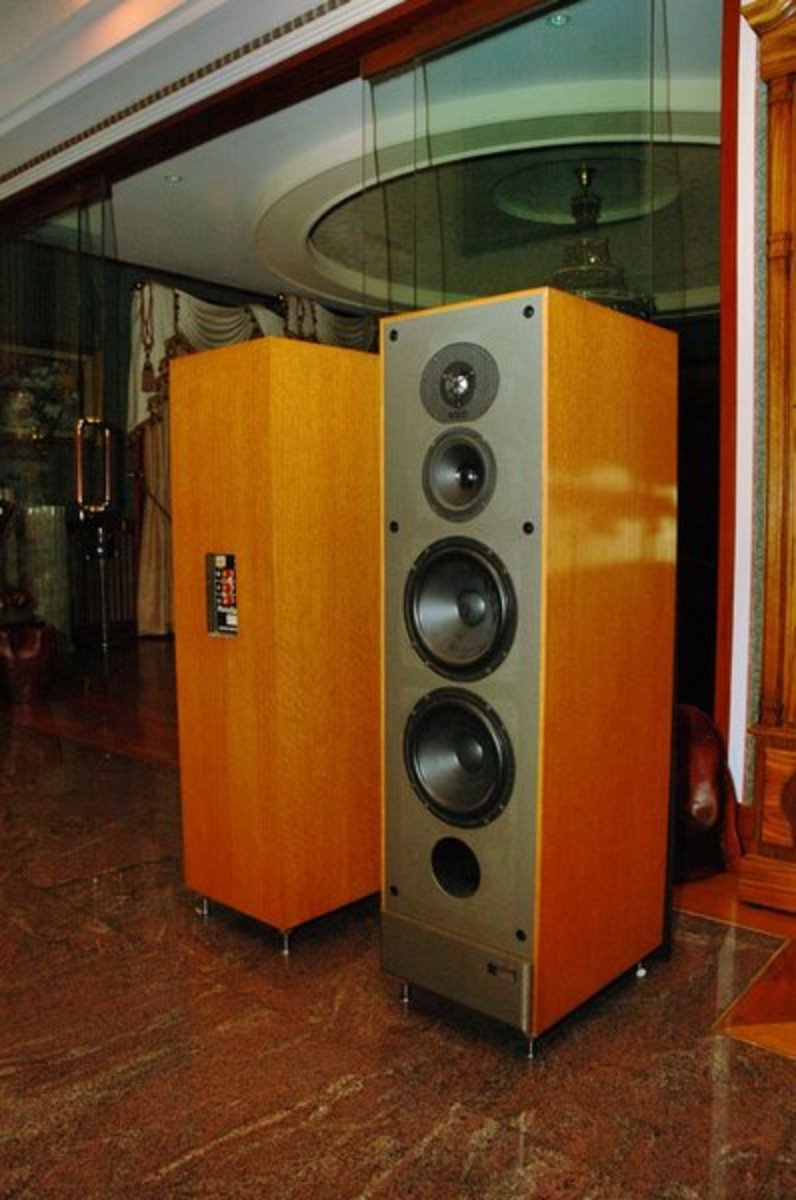Neurotechnology: New tools to improve public health
The emerging field of neurotechnology encompasses the advancements in the field of medicine, technology and biomedical engineering. This field comes up with the promise of altering the functions of the most incomprehensible organ of the human body, the brain. These alterations in the brain functions might help to rectify the disorders and deformities arising due to dysfunctions of the central nervous system. At least, one-fourth of diseases affecting people across the world arise due to deformities in the brain or surrounding nervous tissues. These diseases can affect a person any time in the life cycle, leading to mortality or disability for the rest of the life. The technological innovations in neurotechnology help in the management of these conditions in a better way.
The unprecedented capability of neurotechnology has improvised the public health in multifarious ways. There was a day when problems like blindness, lack of hearing capacity, absence of limbs etc. had no solution. The patients were forced to take help from others for their day to day activities thought out their lives. But medical science has taken a big leap and modern neurotechnological devices help such persons live an independent life. Uncontrolled movements arising due to Parkinson's disease or epilepsy and other neuropsychiatric conditions like autism, depression, schizophrenia etc. can also be managed using these devices. This technology also helps a physician to detect diseases long before they are clinically apparent. These above examples prove that the developments in neurotechnology can materialize our dream of a world with no disabilities and no disorders related to central nervous system.
Neurotechnological devices
- Neurotechnology is based on the fact that the human body uses electric signals to send messages. This technology makes use of these electrical signals or interferes with them to bring some positive effect in the body. For example, electric stimulation can be used to create functional mobility in a paralyzed muscle. The first successful attempt of neurotechnology in this direction was observed in 1950s when the phrenic nerve was subjected to electrical stimulation due to which the patient was able to breath without a ventilator.
- The most well accepted devices of neurotechnology are MRI and computerized tomography (CT). These were designed in the 1970s. These devices help to study the activity of brain in detail which was considered to be impossible before.
- A cochlear implant is another device which facilitates a better communication between a deaf person and the world surrounding him. This device converts the sound into a form which can be interpreted by the brain.
- Similarly “artificial retina”, a device to stimulate retina by converting light into electrical signals is being is being tested for its efficiency. The success of this device will help the blind to see. In case of paralytic people, the sensory apparatus of few limbs is totally shut out due to which he cannot respond to the environment.
- Certain devices known as neuromotor prostheses act as an interface allowing these people to perform desired movement controlled by their minds. Certain electrodes are placed on the cerebral cortex, which pick up the brain signals when a paralyzed person thinks about some movement. These devices help the patient to get out of the damages caused to the central nervous system.
- Robotic limbs are another example which allow a person born without limbs to live a considerably independent life.This person is able to perform a range of minute functions under the control of nerve impulse signals sent by the muscles. These minute movements like turning a key or picking up delicate objects, for the affected persons, were never thought possible before.
- Different areas of the brain are linked with different perceptions like pain, vision etc. Through Deep Brain Stimulation (DBS), involuntary movements in paralytic patients can be controlled by inserting an electrode deep into the brain. Apart from problems related to movement, DBS can also control neuropsychiatric disorders. In these cases, the electrodes are inserted to interrupt the specific pathway (for example the pathway responsible for eating disorder of anxiety).
- Transcranial magnetic stimulation (TMS) is a type of neurostimulation which makes use of electric or magnetic signals to control different areas of brain. This can also be used to enhance memory. Research is being carried out to design neural stem cells, which can replace the damaged nerve cells in patients suffering from stroke, Alzheimer's disease and Huntingdon's disease.
Some controversies associated with neurotechnology
The cost of these devices and treatment procedures is very high. And the demand or the patients who need such treatment are also relatively higher. Scientists have to invent such devices which are cost-effective and can be acquired by every common man. Hence, in order to allow neurotechnology to merge with public health, a lot more needs to be done.
Some ethical issues surrounding neurotechnology are its wrong use to reveal the contents of ones memory, commercial use of BCI (Brain computer interfaces) in gaming sector, making wrong use of the information about behavioral patterns of a person etc. This will lead to the development of neuroweapons which can erase few memories selectively.
An advancement of this technology will also promote a new sector “neuromarketing”. Industries will try to analyze why people get attracted to certain products so that they can advertise and market only those products. This sort of a wrong use of the technological development will prove beneficial to only a few industrialists.
A strong impact on the education system will also be noticed if neurotechnology is used to boost up the students’ memory. As there will be a mad rush between the students to get their memory boosted, their natural potentials will never be recognized.
Conclusion
Every technology comes up with promises and problems. A lot depends on how man makes use of the new technology. Similarly in the case of neurotechnology also, we cannot rule out the beneficial effects. However, laws should be made to stop wrong use of the technology.







